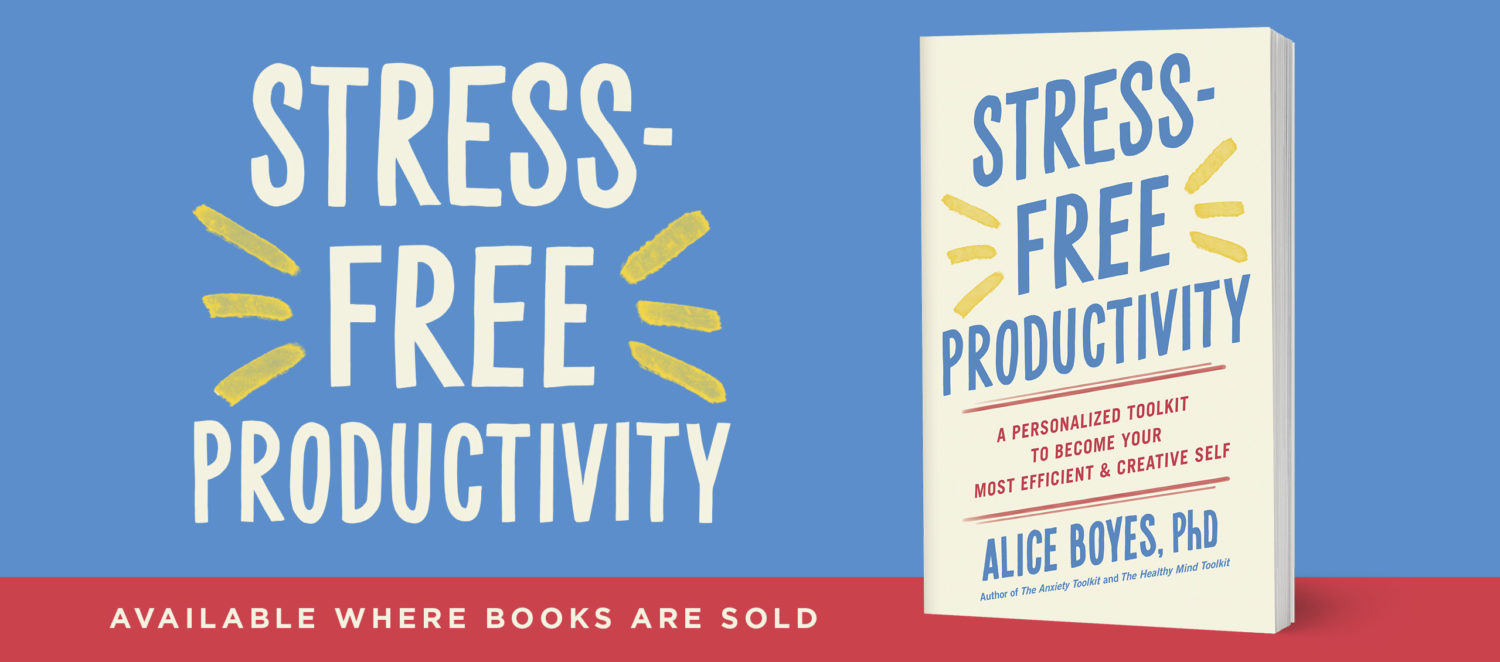Advantages Card
What is an Advantages Card?
An “Advantages Card” is a simple technique from the Cognitive Therapy Model of Psychology that anyone can use to help themselves stick with a goal.
It works with almost any goal that you’re taking daily action towards e.g. sticking with a diet, exercising everyday, not yelling at your children, not smoking, or not procrastinating.
Making an Advantages Card Step 1. Decide Your Approach Goal.
It will help you to think of your “approach goal” rather than your “avoidance goal”. This just means think about your goal in terms of what you want to do rather than what you want to not do.
For example, “I want to speak to my children in a calm voice” (approach goal) rather than “I want to stop yelling at my children” (avoidance goal).
Your approach goal should be a specific behaviour. Something like “I want to only spend my time at work doing productive tasks” isn’t specific enough.
If you want me to check whether I think your approach goal is specific enough, email me what you write (Email your completed card, not just this bit).
Making an Advantages Card Step 2: Write Down the Most Important Advantages of Doing Your Approach Goal.
Grab any piece of paper and write down your approach goal, followed by the most important advantages of doing that thing.
By “most important advantages” I mean the things that make the goal emotionally meaningful to you.
Sometimes a useful question to ask yourself is “What dreams do I hope will be fulfilled by reaching this goal?”
Usually people list 3-6 advantages on an advantages card.
You might write something like this:
Approach Goal: To speak to my children in a calm voice. Advantages of speaking to my children in a calm voice:
1. My children will have more respect for me and won’t be afraid of me.
2. Staying in control feels better than being out of control, and I’ll have more respect for myself if I stay in control.
3. My children will learn how to manage emotions in a healthy way which will help them succeed in their lives.
4. My children will learn good communication skills and I’ll feel proud of myself as a parent.
Making an Advantages Card Step 3: Decide When You’re Going to Read It.
When are the times you need to be reminded of why this goal important to you?
Think about the “decision points” related to your goal: the points when you make an “in-the-moment” decision to either behave in a way consistent with the goal or in another way.
It could be certain times of the day. It might also be when you’re in particular trigger situations or are experiencing particular trigger thoughts or emotions (read more about understanding your triggers here – Understanding Your Triggers).
In addition to reading over your advantages card at decision points or when you’re in a “high risk situation” a good additional strategy is to read it over when you wake up during the time period you’re actively working towards your goal. Put the card somewhere that will prompt you to read it like beside your alarm, at the breakfast table, or on your computer keyboard at work. If your goal mainly applies to later in the day (e.g. when you get home from work) then rather than reading your advantages card in the morning devise a routine so that you read it everyday at the start of the period of the day the goal applies to. For example if your goal is about exercise and your key decision point for exercising is when you get home from work, then you might read it just before leaving work so that you have it in mind when you’re driving home.
Thanks for reading.




